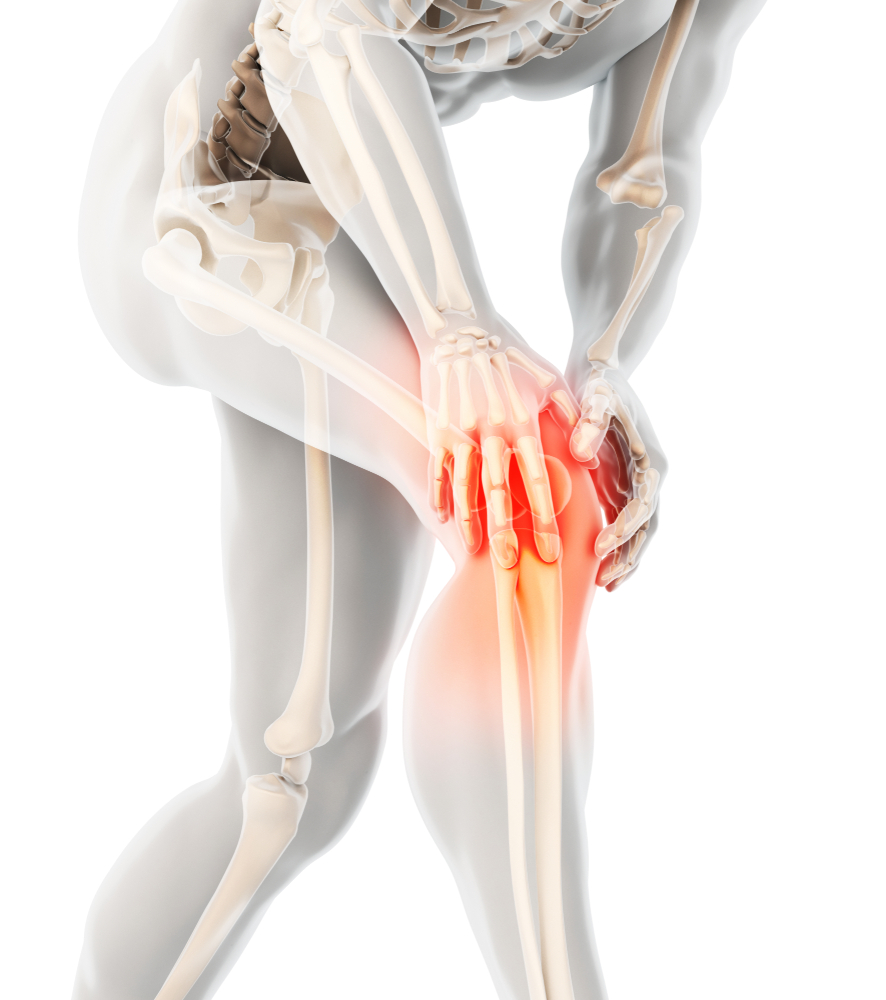Comprehensive Guide to Shoulder Discomfort: Causes, Symptoms, and Prevention Measures
Learn about the causes, symptoms, and prevention of shoulder discomfort. This detailed guide offers practical tips to avoid common injuries such as rotator cuff tears, frozen shoulder, and osteoarthritis. Discover how lifestyle choices and early intervention can help maintain shoulder health and mobility.

An In-Depth Exploration of Shoulder Discomfort: Causes, Signs, and Effective Prevention Strategies
Shoulder discomfort is a common health issue that can significantly impact daily life, mobility, and overall well-being. Its causes are varied, ranging from minor irritations due to strain to serious injuries that require medical attention. Recognizing the root causes and early warning signs is essential for effective management and prevention of long-term complications. This comprehensive guide aims to shed light on the primary causes of shoulder discomfort, symptoms to watch for, and proven strategies to prevent chronic shoulder pain and injury.
If you're someone who spends long hours at a desk, engrossed in work that involves repetitive arm movements or poor posture, you are at increased risk of shoulder discomfort. Ignoring persistent shoulder pain can lead to worsening symptoms and may develop into more complex musculoskeletal issues, hampering your quality of life. Early intervention and proper management are crucial to avoiding unnecessary suffering and costly treatments.
Shoulder pain can be indicative of underlying health problems beyond simple strains or injuries. It could point to damage within the joint or surrounding tissues, such as ligaments, tendons, or cartilage. Identifying early symptoms and seeking prompt medical advice can make a significant difference in treatment outcomes, preventing the progression of the condition.
The severity of symptoms varies from person to person. Mild stiffness and occasional locking sensations may be overlooked, but they could also be early signs of underlying issues. Numbness, tingling, or persistent pain warrant immediate evaluation by healthcare professionals. Addressing shoulder problems early can save you from years of discomfort or disability.
Understanding the common causes of shoulder discomfort is essential for effective prevention. Various factors contribute to shoulder pain across different age groups and lifestyles. Only by understanding these causes can individuals adopt appropriate measures to maintain shoulder health and prevent injury.
Rotator Cuff Injuries
The rotator cuff is a group of four muscles and tendons that stabilize the shoulder joint and facilitate a wide range of motion. Injuries to these tendons are among the most common causes of shoulder discomfort. Ranging from mild inflammation (tendinitis) to complete tears, rotator cuff injuries often result from repetitive movements, overuse, or traumatic events such as falls or sudden impacts.
Individuals involved in activities like painting, sports, or manual labor are particularly susceptible. Tendinitis, characterized by inflammation of the tendons, typically develops from repetitive motions or improper technique. Bursitis, another common issue, involves fluid accumulation in the bursae—small fluid-filled sacs that cushion tendons—leading to pain and restricted movement. Sudden trauma such as falls or accidents can cause immediate tendon tears, accompanied by intense pain and loss of function.
Frozen Shoulder (Adhesive Capsulitis)
Frozen shoulder is a condition typically affecting middle-aged adults, usually between 40 and 60 years old. It is characterized by stiffness, pain, and significant restriction in shoulder movement. The condition occurs when the tissues surrounding the shoulder joint—like the capsule—become inflamed and scar tissue forms, leading to stiffening and reduced mobility.
Various factors contribute to frozen shoulder, including metabolic disorders like diabetes, hormonal imbalances, or autoimmune conditions. The development of frozen shoulder can take from two months up to nine months without treatment, adversely affecting daily activities and quality of life.
Osteoarthritis of the Shoulder
This degenerative joint disease is common among people over 40 and is characterized by the progressive wearing down of cartilage within the shoulder joint. As cartilage deteriorates, bones can rub against each other, causing pain, swelling, and reduced mobility.
Symptoms vary from mild discomfort during activity to intense pain that interferes with sleep and daily routines. Maintaining an active lifestyle and managing weight can slow down disease progression, but cartilage damage cannot be reversed. Treatments generally focus on pain relief, improving joint function, and preventing further deterioration.
Strategies to Prevent Chronic Shoulder Pain and Injury
Ensure your shoulder gets sufficient rest, especially after strenuous activity, to aid recovery.
Incorporate proper warm-up and cooling-down routines during exercise to prevent strain and injury.
Use supportive bedding and pillows to avoid unnecessary strain on the shoulder, and seek advice from physiotherapists for personalized ergonomic setups.
Apply cold packs or ice after injuries to decrease swelling and promote healing.
Practice good posture habits both in daily activities and while working at a desk to reduce shoulder tension.
Engage in shoulder-strengthening exercises, such as resistance band routines, to enhance joint stability and flexibility.
Explore complementary therapies like acupuncture for long-term relief of shoulder discomfort.
If hormonal issues or systemic conditions are involved, consult your healthcare provider for appropriate treatment options, including corticosteroid injections if necessary.
Adopt a healthy lifestyle by maintaining a balanced diet, avoiding alcohol, and minimizing sedentary behaviors that increase muscle tension.
Take regular breaks during prolonged desk work to stretch and shift positions, reducing muscle fatigue and strain.
Seek professional guidance when engaging in weightlifting or gym workouts to ensure proper technique and avoid injury caused by improper form.
This comprehensive article offers valuable insights into shoulder discomfort, its causes, symptoms, and effective prevention strategies. By understanding and addressing these factors early, individuals can preserve shoulder health and maintain their active lifestyles.




